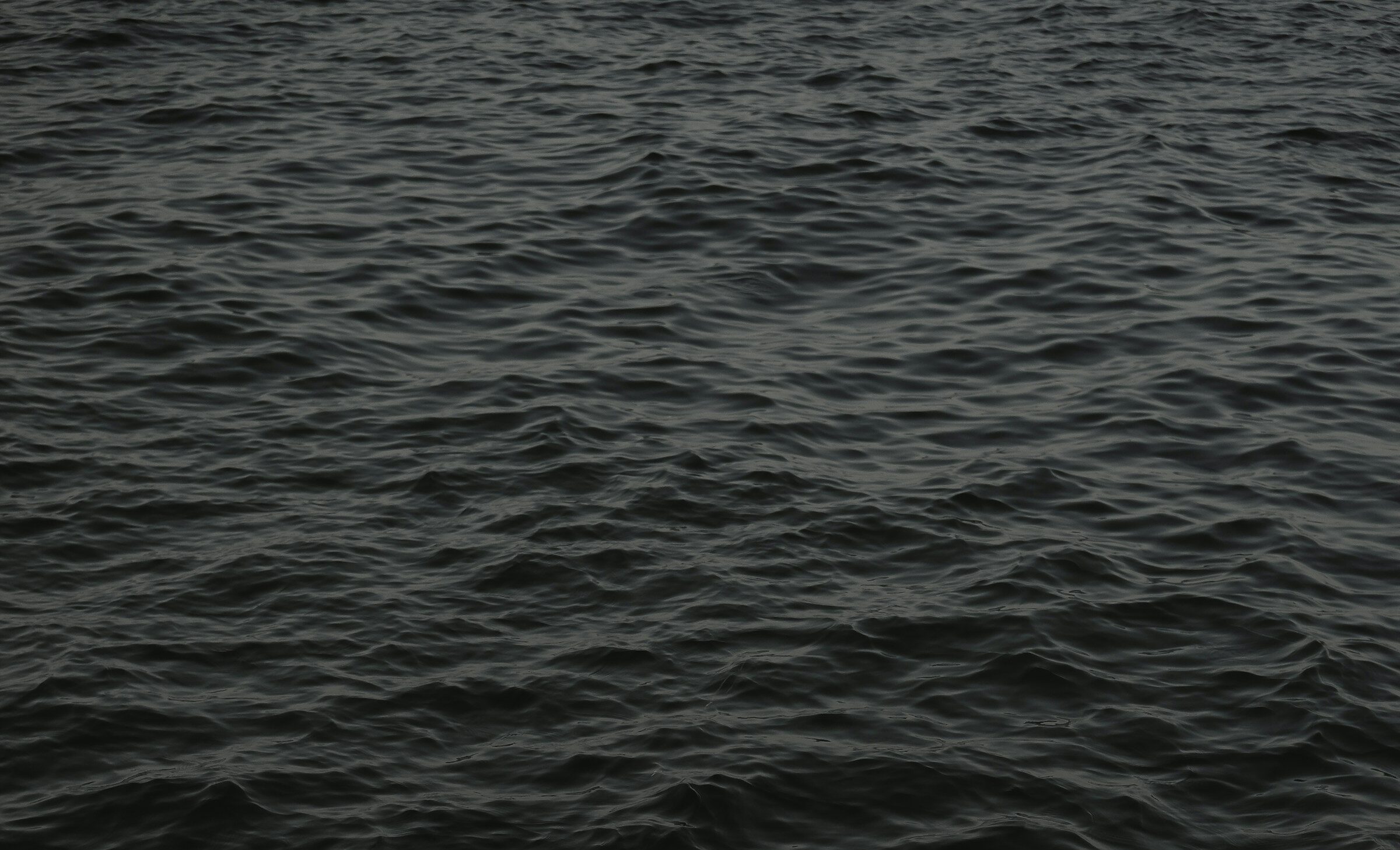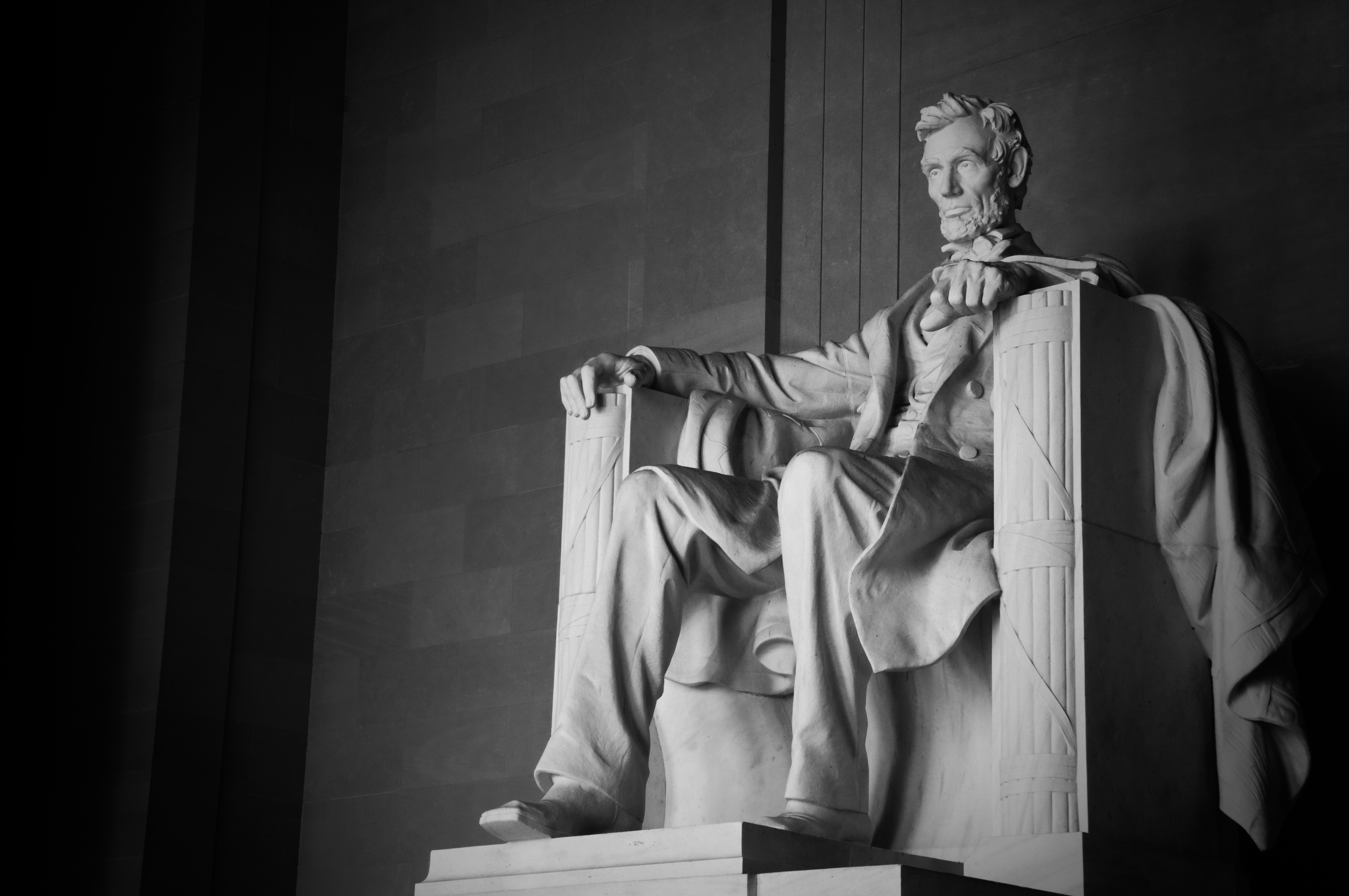US Signals Possible Shift on Port Fee Proposal
On April 9, 2024, President Trump signed an executive order reaffirming the administration’s commitment to strengthening U.S. shipbuilding. The order directs multiple federal agencies to develop action plans to support the domestic maritime industry through measures such as tax relief, deregulation, and government procurement. Notably, the Secretary of Defense, the Secretary of Commerce, the United States Trade Representative (USTR) and other top national security and commerce agencies shall submit a Maritime Action Plan (MAP) to the President in support of the policies set forth in the order.
Specifically, on USTR’s ongoing Section 301 proposed actions, the order directs USTR to 1) coordinate with relevant agencies to gather additional information in support of proposed actions, and (2) collaborate with the Attorney General and the Secretary of Homeland Security to strengthen enforcement of any final measures. Additionally, USTR is directed to engage with “treaty allies, partners, and other like-minded countries” with respect to the potential imposition of such actions and provide progress report within 90 days.
This demonstrates the administration’s determination to proceed with Section 301 actions, despite growing concerns raised in public comments and hearings. Just one day before the executive order was issued, news outlets reported that the U.S. might soften its proposed actions on Chinese-related vessels, citing undisclosed resources. Potential changes including making the fees non-cumulative and shifting from a flat rate to a tonnage-based fee structure to reduce industry impact. USTR’s Section 301 committee is still considering public comments and hearings testimonies, and may issue post-hearing rebuttal comments before recommending final actions.
Additionally, USTR is directed to engage with allied countries to address concerns about cargo carriers circumventing U.S. port fees. Specifically, preventing carriers from first calling Canada or Mexico ports and then transporting goods into the U.S. by land. It is a direct response to comments raised by an interested party during the March 24, 2025 hearing, aimed at closing potential loopholes in USTR’s proposed service fees. The difference here, however, is that USTR’s action is directed to all foreign-origin cargo, rather than being limited to cargo unloaded from Chinese-linked vessels.
Another key development is the order’s expansion of potential USTR-imposed tariffs or fees to cover critical maritime assets beyond commercial vessels. It instructs USTR to take “all necessary steps permitted by law” in accordance with findings from its Section 301 investigations, explicitly outlining two actions for the USTR to consider:
- tariffs on ship-to-shore cranes manufactured, assembled, or made using components of PRC origin, or manufactured anywhere in the world by a company owned, controlled, or substantially influenced by a PRC national; and
- tariffs on other cargo handling equipment.
USTR is similarly requested to consult with allied countries and provide engagement plan and progress report to the President within 90 days.
Next Steps to Watch
The executive order also includes directives for maritime professional trainings, direct federal investments as well as introducing private capitals—all aimed at restoring U.S. shipbuilding capacity. These measures represent an even more comprehensive approach, going beyond Section 301’s “trade war”-style actions by mobilizing the full weight of the federal government to strengthen the U.S. maritime manufacturing sector. We continue to closely monitor the Maritime Action Plan (MAP), along with the USTR’s engagement strategy and progress report, for further developments.











